Xiaomi Mi Band 6 vs. Huawei Band 6: Which is the better tracker?
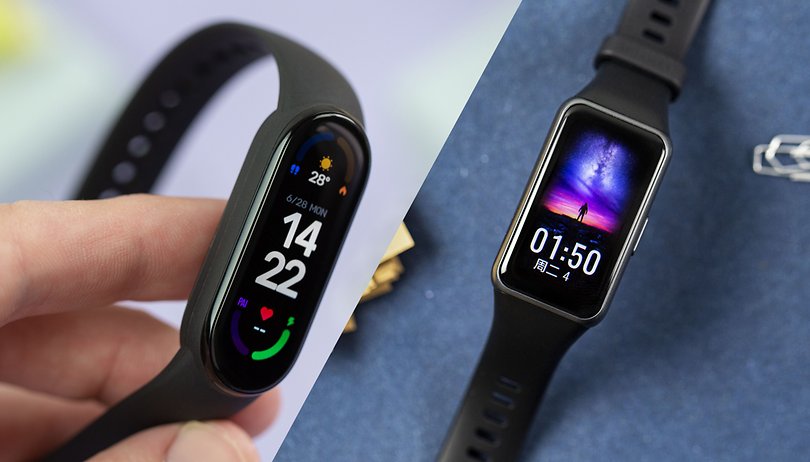

Are you looking for a fitness tracker that costs less than $60 in 2022? If you have answered in the affirmative, you should definitely look at the two Chinese brands, Xiaomi and Huawei. With the Mi Band 6 and the Huawei Band 6, they offer two top-tier fitness trackers at a very affordable price that remain some of the best choices for athletes in 2022. NextPit reviewed both models and let them compete against each other, and here, we will eventually draw a final conclusion.
Cheap fitness trackers no longer only keep track of your 10,000 daily steps. Instead, models such as the Huawei Band 6 and the Xiaomi Mi Band 6 are also able to keep track of the oxygen content in your blood as well as your pulse rate. Thus, these models have been recommended as a favorable alternative if you are asthmatic or have to pay closer attention to your SpO2 value for other health reasons.
In the following examination, will take a look at how the two fitness trackers compare. But first, a little caveat: The Honor Band 6 might be a bit cheaper than the Huawei Band 6, but it doesn't offer SpO2 tracking 24 hours a day. For this very reason, we picked the Huawei model for this comparison.
Update: The Honor Band 6 received a firmware update on December 2021 that allows for automatic SpO2 monitoring.
Design and operation
Finally, two fitness trackers that are visually different from one another! Because while Xiaomi still relies on curves for the design of the Mi Band 6, the Huawei Band 6 sports corners and edges. However, the displays on both models are now larger compared to their respective predecessors. Xiaomi's AMOLED display measures 1.56-inches, while the Huawei model packs a 1.47-inch AMOLED panel.
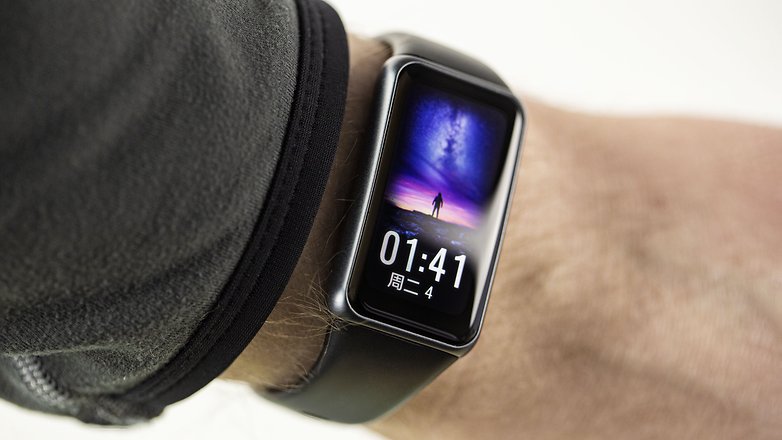
Even though the case sizes are by no means identical, both fitness trackers are very compact devices in their own right. The Mi Band 6 measures 47.4 x 18.6 x 12.7 millimeters, while Huawei's tracker is significantly wider at 43 x 25.4 x 11.45 millimeters, albeit shorter and flatter. The Huawei model tips the scales at 18 grams, making it even lighter than the 24 grams of the Mi Band 6.
Of course, the important thing when designing a fitness tracker is whether the case offers protection against water and dust penetration. Both models are protected against water up to 5 ATM, making them suitable for use while swimming. Swimmers would definitely find it useful as both fitness trackers offer a swimming tracking mode.
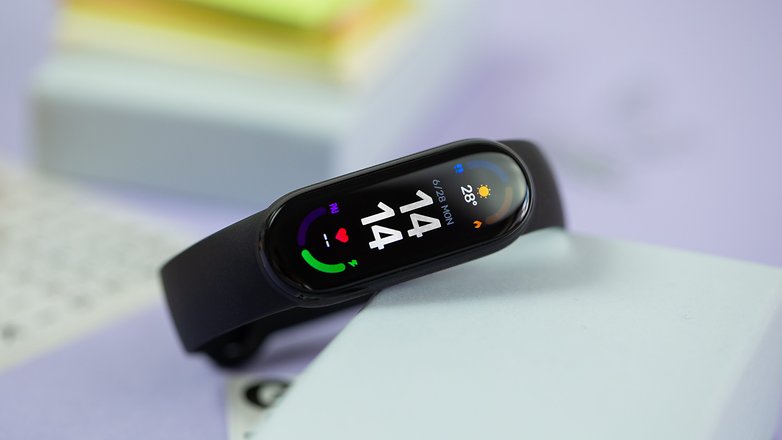
True to the motto "form follows function," you operate both fitness trackers mainly via the touchscreen in front. For activation, Huawei places a "real" button on the right side of the Huawei Band 6. Xiaomi, on the other hand, dropped the capacitive control button below the display in the sixth generation. This does tip the Huawei Band 6 in favor of athletes* who often wear gloves or other sports gear that tend to get in the way of touchscreens.
Once activated, operating both devices are rather similar. You navigate through their respective proprietary operating systems via swiping gestures. Despite the different manufacturers, you have a similar range of functions at your disposal. Most certainly a perfect transition!
Sensors and range of functions
When you look at the specifications sheet, you will notice a lot of similarities in the sensors and features offered. While the Huawei Band 6 and the Mi Band 6 have sensors that detect your pulse, the oxygen content of your blood, acceleration sensors, and Bluetooth, both WLAN and GPS are missing. This means that you should always have your smartphone nearby to keep track of your daily sports routine. Oh yes, an ambient light sensor is also missing.
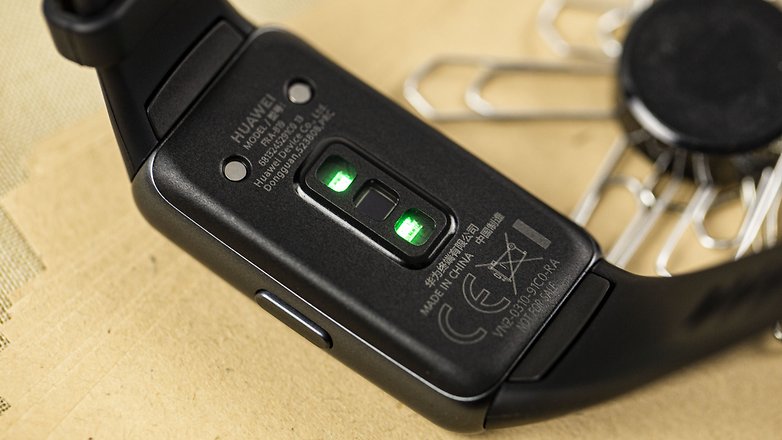
If the type of sporting activities that you pursue are more out of the ordinary, the Huawei Band 6 has the edge here. While the Mi Band "only" offers 30 different sports modes, the Huawei Band 6 will include sports such as skydiving, laser tag, or car racing. In each case, you can also simply record the activities via the free mode, although you will obtain less precise calorie information.
As a modern fitness tracker for modern people, you can also pay attention to whether you are experiencing too much stress in everyday life. Both devices measure your sleep as you wear them at night. For female users, it might be important to know that Huawei only offers cycle tracking with the Huawei Band 6 in combination with an HMS smartphone. HMS smartphones are Huawei's own handsets that do not offer Google services.
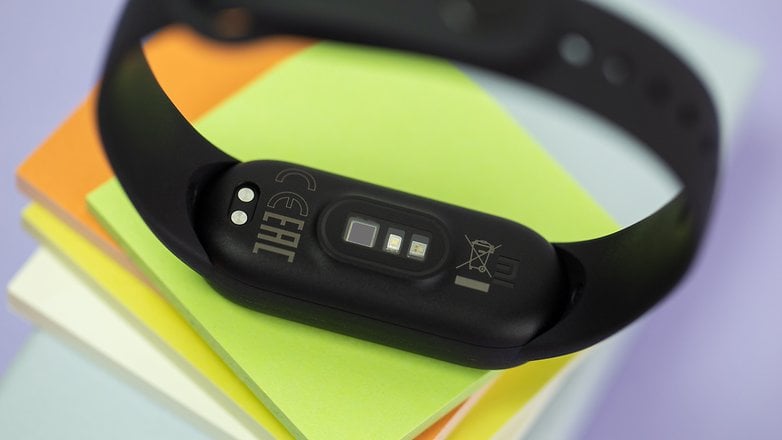
The Xiaomi Mi Band 6 also comes out ahead if you want to look at your smartphone less often. This is because the Huawei Band 6 can only display notifications, but the Mi Band 6's companion app will allow you to configure selected response options. You can then react accordingly with a tap on the display and inform your contacts: "I'm exercising." This is one feature that I really missed when reviewing the Huawei Band 6.
Both trackers are better compared to the cheaper Honor Band 6 as they can record your blood oxygen level 24 hours a day. In an attempt to write a similarly lengthy section in the next paragraph, I'll point out that using this feature results in shorter battery life.
Battery life
If you were looking at both fitness trackers right now instead of reading this article, you would most probably remain in a dilemma. This is because both Huawei and Xiaomi advertise battery runtimes of 14 days for their fitness trackers. In reality, however, the Xiaomi Mi Band 6 proved to last slightly shorter than the Huawei offers.
My colleague Carsten Drees managed to achieve just under ten days with the Mi Band 6, whereas the Huawei Band 6 lasted 12 days when I used it - although you would most probably be less active if you want to stretch battery life to the claimed 14 days.
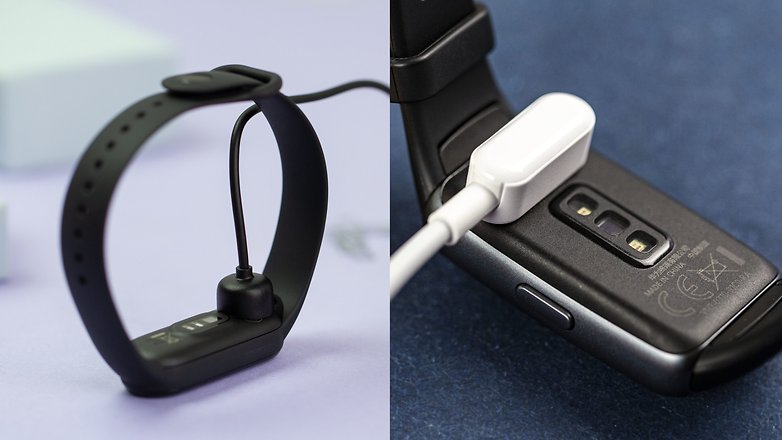
Charging is convenient on both trackers, as you don't have to remove the fitness trackers in any way to charge, quite unlike the Oppo Band. Instead, it comes with a magnetic charging cable that holds onto the metal contacts at the back. Wireless charging via the Qi standard is not supported on both devices. However, the Huawei Band 6 offers another feature found in existing smartphones!
It has a fast-charging function that delivers up to two days' worth of battery life in just ten minutes. If you're like me and are constantly forgetful or sloppy when it comes to charging your gadgets, then.... (This is where I ended the sentence abruptly as a joke, as though I had not charged my work laptop. Classy, right?)
Price and warranty
The recommended retail price of the Xiaomi Mi Band 6 was $44 at its release, significantly lower than that of the Huawei Band 6. As for the big brother to the Honor Band 6, the Chinese manufacturer slapped a $60 price tag on it. After a few weeks on store shelves, however, the price leveled out a little bit. Just have a look at current prices in the following comparison:
There is still a difference in the manufacturer's warranty: Xiaomi offers a two-year warranty, while Huawei offers 2.5 years of warranty at 30 months. This is one tiny difference that might make you decide on your purchase. There is hardly a hair's breadth in the difference between the Mi Band 6 and Huawei Band 6, so the warranty might be the tipping point.
Conclusion: You say "Po-tah-to", I say "Poh-ta-toe"
The Huawei Band 6 and the Xiaomi Mi Band 6 are alike in so many ways. This makes it really difficult to offer a clear recommendation for you at the end of this comparison article. Casten clearly thinks that the Mi Band 6 is the best fitness tracker, but it is not entirely clear-cut in my opinion.
Personally, I find the Huawei Band 6 to be more visually appealing, and it is handy to use a "real" button when exercising. This means you should also pay attention to the small details that I have listed down in this article. Of course, the final decision rests in your hands and personal preference.
Why not peruse the pictures in this article before making up your mind? One thing is for sure: With both fitness trackers, you won't regret forking out $60 for either one of them.








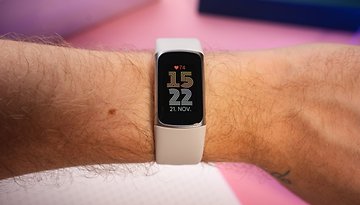

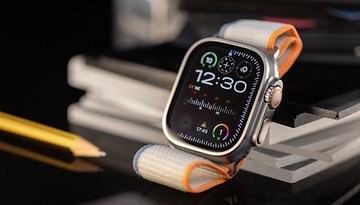









Have a look at the Bakeey E66. It costs less than all these watches and does 24 hr monitoring of Heart rate, blood pressure, blood oxygen, respiration rate, Temperature and also an electro Cardio gram ECG. You can customize the monitoring interval from 10 mins to 60 mins. View all the graphical trends each day and page backwards to see previous days. It's curved design sits flush against your wrist and doesn't slip out of position even when doing martial arts. Also the heart rate sensor can connect to Strava and Samsung Health App if you need more data analytics. It allows setting a Temperature and Heart rate alert alarm.